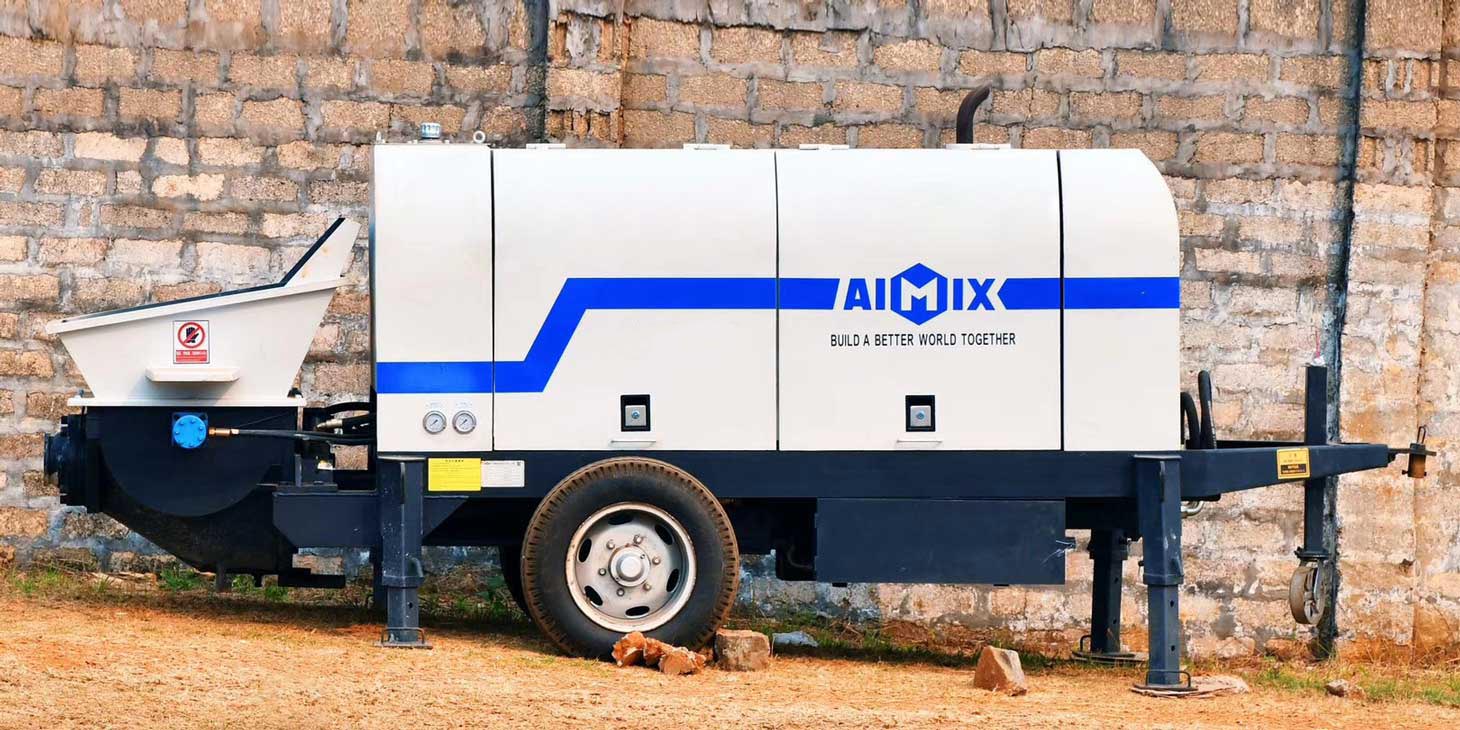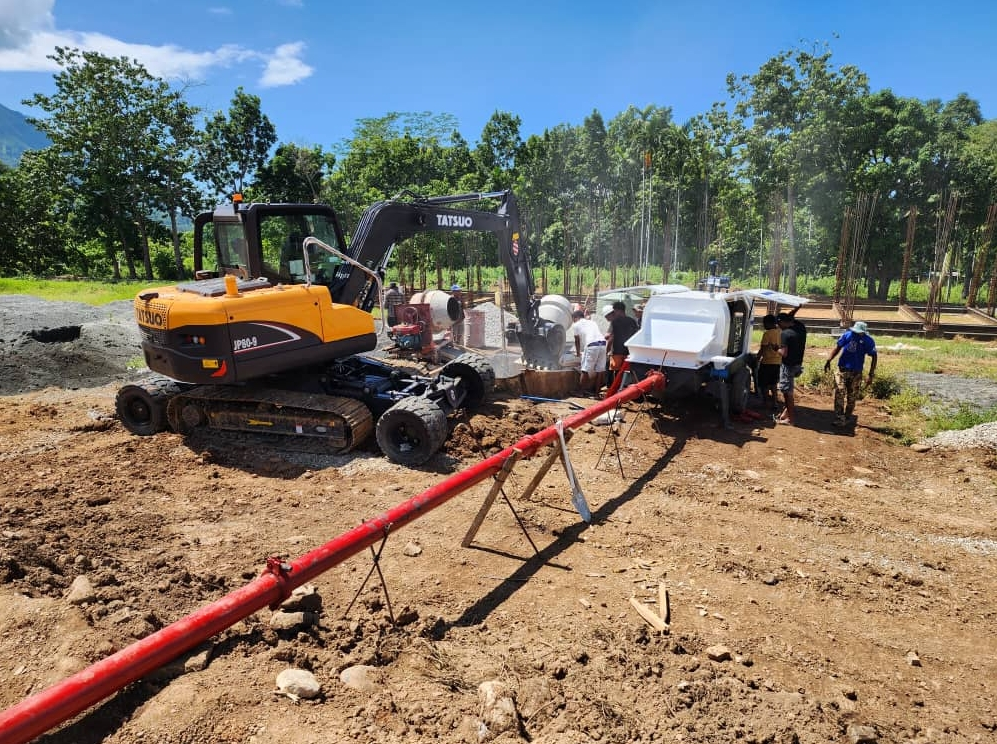Concrete operations demand precision, efficiency, and adaptability, especially in an era where construction projects are increasingly complex and ambitious. Stationary concrete pumps, often overshadowed by their mobile counterparts, have become integral to large-scale and high-volume construction projects. These pumps offer unique advantages, particularly in terms of their versatility and ability to adapt to various operational demands. By embracing advanced stationary pump designs, construction companies can significantly enhance their operational efficiency and overall project outcomes.
Advanced Technological Features in Stationary Pumps
Enhanced Pump Mechanisms
Modern stationary concrete pumps incorporate advanced pump mechanisms that revolutionize the traditional concrete pumping process. These pumps are equipped with sophisticated hydraulic systems that ensure a continuous and smooth flow of concrete, minimizing interruptions and delays. The introduction of variable displacement pumps has further optimized energy consumption, allowing for more efficient and cost-effective operations. These AIMIX concrete pumps adjust their output based on the specific demands of the project, reducing wear and tear and extending the lifespan of the equipment. Additionally, advanced pumping mechanisms include features such as anti-pulsation technology, which ensures consistent pressure and flow, crucial for high-precision tasks.

Integration of Smart Control Systems
The integration of smart control systems in stationary concrete pumps has significantly enhanced their functionality. These systems utilize advanced sensors and IoT technology to monitor and control various aspects of the pumping process. Real-time data on pressure, flow rate, and pump performance is collected and analyzed, enabling operators to make informed decisions and adjustments on the fly. Remote monitoring capabilities allow for better oversight and management of multiple pump units across different sites. Furthermore, predictive maintenance algorithms can identify potential issues before they lead to costly downtime, ensuring uninterrupted operations and prolonging the service life of the AIMIX concrete pumps .
Operational Benefits of Stationary Pump Designs
Adaptability to Project Requirements
Stationary concrete pumps are designed to be highly adaptable, catering to a wide range of project requirements. Unlike mobile pumps, which are limited by their mobility and reach, stationary pumps can be customized with various configurations and accessories to suit specific construction needs. Whether it’s high-rise buildings, extensive underground structures, or vast infrastructure projects, these small concrete pumps sale can handle diverse applications with ease. The ability to connect multiple pipelines and extend reach through additional hoses and booms makes stationary pumps exceptionally versatile, capable of delivering concrete to the most challenging and inaccessible locations on a construction site.

Enhanced Efficiency and Productivity
The efficiency and productivity of stationary concrete pumps are unmatched, particularly in large-scale projects. These pumps can handle higher volumes of concrete at greater speeds, reducing the time required for concrete placement and enabling faster project completion. The use of stationary pumps also minimizes the need for manual labor, lowering the risk of human error and enhancing overall safety on the construction site. Moreover, the precision offered by these small concrete pumps sale ensures optimal use of materials, reducing wastage and contributing to more sustainable construction practices. By streamlining operations, stationary pumps allow construction companies to meet tight deadlines and deliver high-quality results consistently.
Future Trends and Innovations in Stationary Pump Technology
Development of Eco-Friendly Pump Solutions
As the construction industry increasingly prioritizes sustainability, the development of eco-friendly stationary pump solutions is gaining momentum. Manufacturers are focusing on creating pumps that reduce carbon emissions and energy consumption. Innovations such as electric and hybrid-powered pumps are being introduced, offering an environmentally friendly alternative to traditional diesel-powered models. These pumps not only comply with stringent environmental regulations but also provide cost savings in terms of fuel consumption and maintenance. The shift towards sustainable pump solutions reflects the industry’s commitment to reducing its ecological footprint and promoting greener construction practices. AIMIX Group can provide you with best pump solutions, contact us now: https://aimixconcretesolution.com/.
Advancements in Material Technology
Advancements in material technology are playing a pivotal role in the evolution of stationary concrete pumps. The use of high-performance materials such as carbon fiber and advanced composites in pump construction is enhancing durability and reducing weight. These materials offer superior resistance to wear and corrosion, ensuring longer operational life and reduced maintenance costs. Additionally, innovations in concrete mix formulations, tailored for optimal pump performance, are being developed. These specialized mixes reduce the risk of blockages and improve flow characteristics, ensuring smooth and efficient pumping even in challenging conditions. The synergy between advanced materials and cutting-edge pump technology is setting new benchmarks for reliability and efficiency in concrete operations.
The adoption of versatile and adaptable stationary pump designs marks a significant step forward in streamlining concrete operations. By leveraging advanced technological features, enhancing operational efficiency, and embracing future innovations, construction companies can achieve unprecedented levels of productivity and sustainability. As the industry continues to evolve, stationary concrete pumps will remain a cornerstone of modern construction practices, driving progress and shaping the built environment of the future.